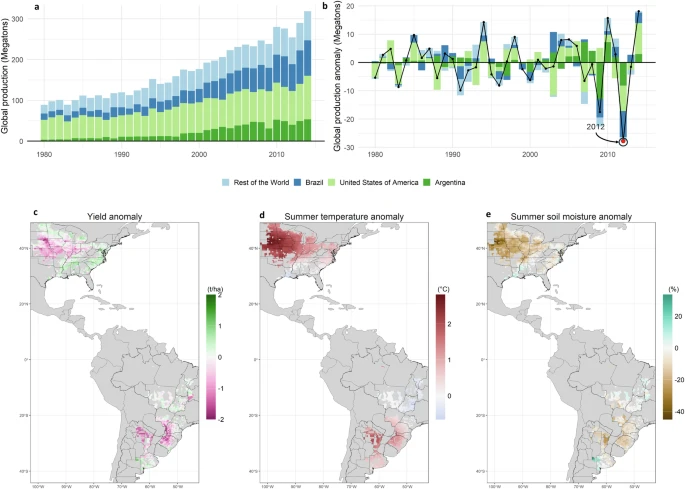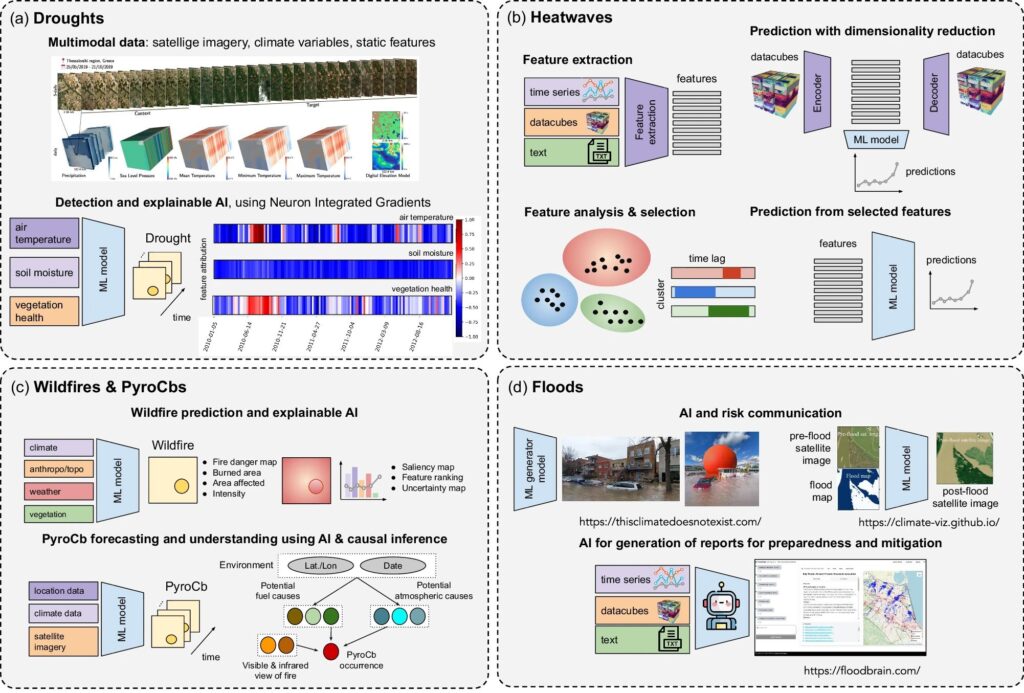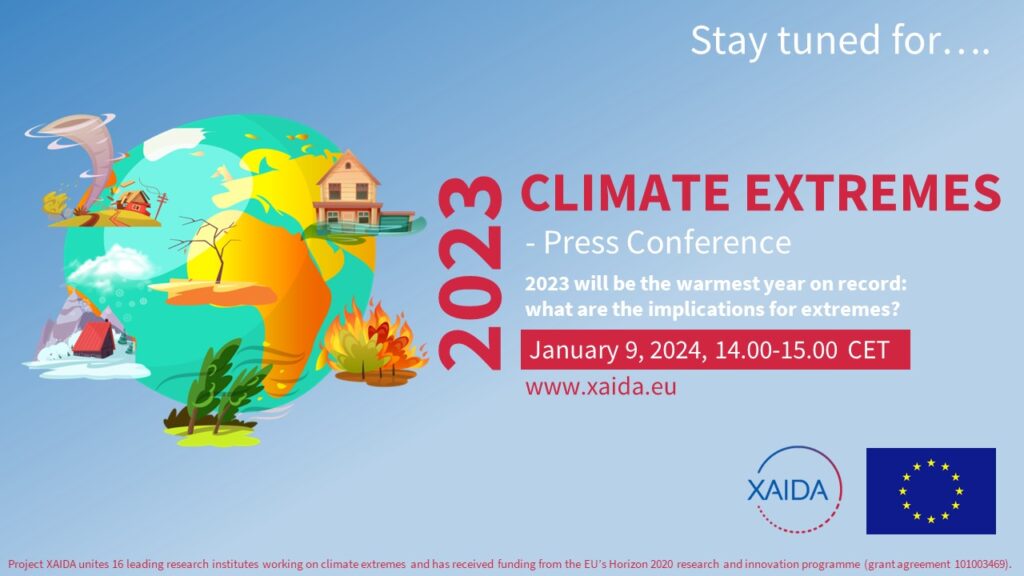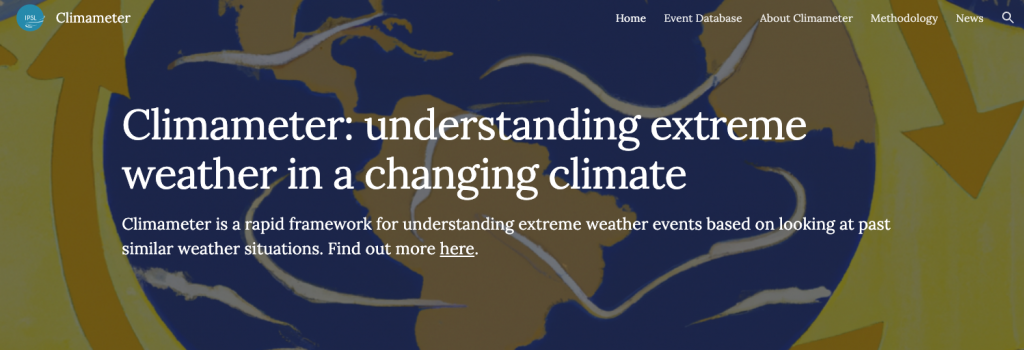Paper: One third of the Global soybean production failure in 2012 is attributable to climate change

Read the paper: In 2012, soybean crops failed in the three largest producing regions due to spatially compounded hot and dry weather across North and South America. Here, we present different impact storylines of the 2012 event, calculated by combining a statistical crop model with climate model simulations of 2012 conditions under pre-industrial, present-day (+1 °C), and future (+2 °C) conditions. These simulations use the ECHAM6 climate model and maintain the same observed seasonally evolving atmospheric circulation. Our results demonstrate that anthropogenic warming strongly amplifies the impacts of such a large-scale circulation pattern on global soybean production. Although the drought intensity is similar under different warming levels, larger crop losses are driven not only by warmer temperatures but also by stronger heat-moisture interactions. We estimate that one-third of the global soybean production deficit in 2012 is attributable to anthropogenic climate change. Future warming (+2 °C above pre-industrial) would further exacerbate production deficits by one-half compared to present-day 2012 conditions. This highlights the increasing intensity of global soybean production shocks with warming, requiring urgent adaptation strategies.
Paper: Artificial intelligence for modeling and understanding extreme weather and climate events

Read the paper: Artificial intelligence for modeling and understanding extreme weather and climate events
» In recent years, artificial intelligence (AI) has deeply impacted various fields, including Earth system sciences, by improving weather forecasting, model emulation, parameter estimation, and the prediction of extreme events. The latter comes with specific challenges, such as developing accurate predictors from noisy, heterogeneous, small sample sizes and data with limited annotations. This paper reviews how AI is being used to analyze extreme climate events (like floods, droughts, wildfires, and heatwaves), highlighting the importance of creating accurate, transparent, and reliable AI models. (…) »
A collaboration between XAIDA and CLINT EU projects but also USMILE, AI4PEX, ELIAS, MeDiTwin, DeepCube and several national programmes.
PRESS: MANY DEVASTATING EXTREMES IN 2023 WERE AMPLIFIED BY GLOBAL WARMING

In 2023, the world reached new record temperatures, with an unprecedented global mean temperature of 1.48°C above pre-industrial levels. These record temperatures strongly increased the intensity of heatwaves, droughts and extreme rainfall associated with storms like Otis and Daniel.
The XAIDA team hosted a Press Conference on January 9th 2024 at 2pm CET to explain these results and methods. Find the Press Release and the video record of the Press Conference here.
Event: XAIDA at EGU 2024

Event: the XAIDA teams are hosting several sessions at EGU. Check out the sessions and submit your abstract!
CLIMAMETER, A RAPID WEATHER EXTREME EVENT FRAMEWORK

ClimaMeter is a rapid framework for understanding extreme weather events in a changing climate based on looking at similar past weather situation (©ClimaMeter). The platform is a collaboration between 4 institutions (LSCE-IPSL, ICTP, INGV and Uppsala University), 2 EU funded projects (XAIDA and EDIPI) and a French CNRS funded project (CROIRE).

